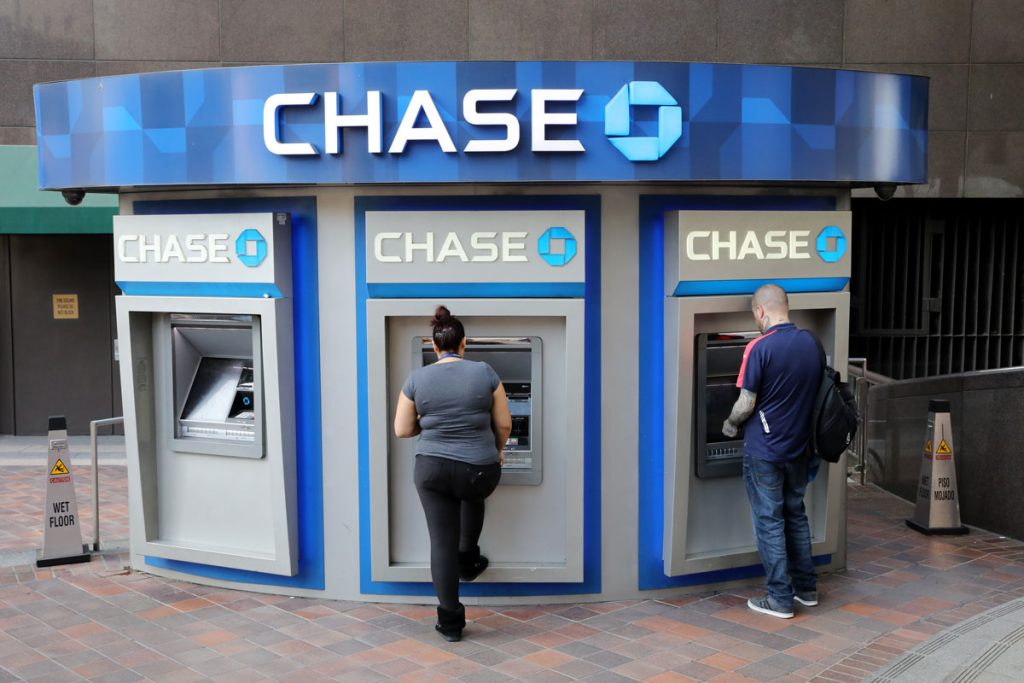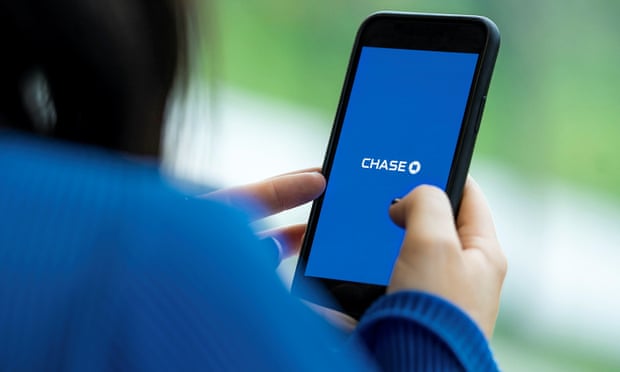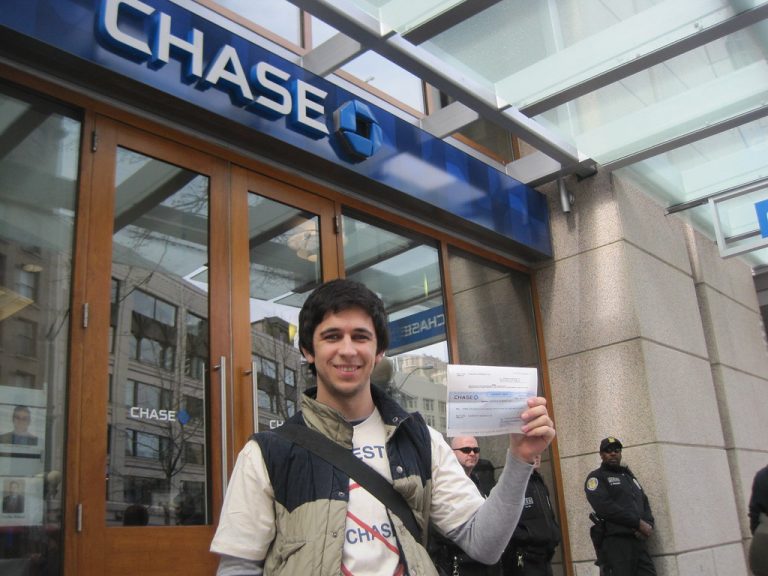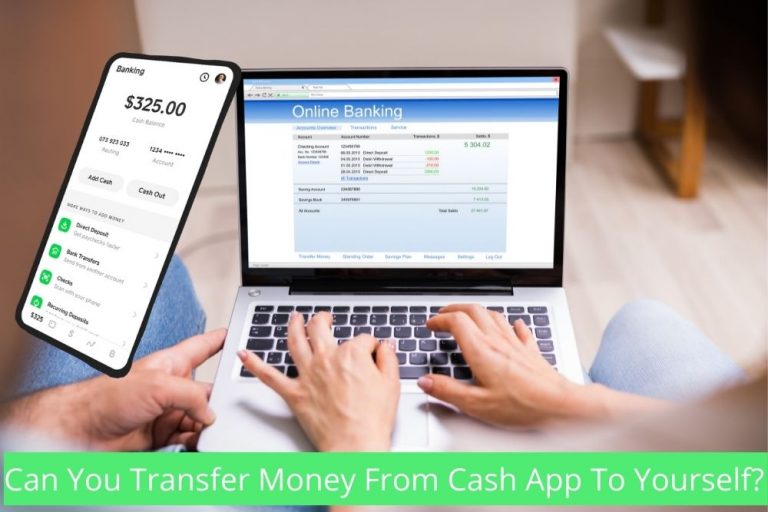
How long do pending transactions take to clear chase? The length of time it takes for a check to clear is determined by the standards and methods of each bank. It’s crucial to know how long it takes for a check to clear when it comes to money planning.
If you make a standard deposit before 8 p.m. local time, your funds will be available after midnight. While for mobile deposits, If deposited before 8 p.m. local time, funds will be available within one to two business days.
Knowing when funds are expected to arrive in your account is beneficial. When dealing with checks, it’s easy to lose track of how much money you have on hand. As a result, you may notice two different figures after looking at your receipt or account balance.
Why would a transaction be pending?
You should be able to determine the meaning of the phrase above from the word “Pend.” In essence, a pending transaction is something that the merchants are still processing or has not yet posted.
Credit and debit card purchases don’t work the way we believe they do. The method behind the scenes differs from what many of us believe.
Note:
Pending typically signifies that the money has been sent to your balance, and it is now up to the bank to deposit it in your balance. The money is usually deposited within 24 hours by the back.
The money may take longer than a week to be deposited back into your account. When a check is deposited, the pending period begins.
I’m sure there are still some folks who believe credit card payments post instantly. And I’d like to assume that those who believe that are new cardholders because everyone who has used a credit or debit card for any length of time knows that payments don’t appear instantaneously.
How long do pending transactions take to clear chase?
If the transaction is standard and can be verified by your bank, a pending deposit will usually take two business days to complete.
It may take longer in some cases, such as depositing a much more significant amount than usual. But even so, throughout the overwhelming majority of instances, it would only delay your issuer’s processing by a couple of days.
Some could be given higher priority than the above. But many transactions can be in your accessible financial resources the next business day if made during regular office hours at a financial institution.
Keynote:
One important thing to note is that banks use policies to determine how long a financial institution will process a pending deposit. This insight should indicate how long a pending deposit can take to process at the very most.
Does Chase show pending deposits?
They do. If you check your account during the day, you’ll see that certain transactions are marked as “pending.” Refer to the Deposit Account Agreement’s section on “Pending” transactions for more information.
Activities carried out on your account affect your balance due, but they have not yet been posted to your account, and we cannot promise that we could pay these transactions to your account.
Even if it was listed as a “pending” transaction on a positive balance throughout the day, we might nonetheless return a transaction unpaid if your balance has insufficient funds during that business day’s evening processing.
How do I check the status of my direct deposit?
Monitoring the status of your standard or mobile deposit in your account is easier than you think. It can show up in two ways: “pending” or as part of your available amount.
Note:
If a deposit is pending, you won’t be able to utilize the funds, but if the funds are already in your accessible balance, you can do whatever you want with them.
Follow these steps below to check your cheque status:
- Using the Chase Bank app, go over to the “My Wallet” area.
- Next, choose the option that says “Payments” from the drop-down menu, and a list of recent transactions will appear.
- If you tap on any of the transactions, you’ll get more information about it, including the date of the transaction, amount of deposit, and estimated deposit date.
On the other hand, if the deposit does not show up, it was either not received or refused. In any scenario, if you believe this is incorrect, you should contact your bank as soon as possible to find out what happened and correct the error. You’ll be able to access your cash as soon as feasible this way.
Can a pending deposit be declined?
A pending deposit might be rejected for several reasons, along with a lack of funds inside the source account or incorrect data.
When a pending deposit is denied, the funds go from “pending” to “not available.” They’ll also be deducted from your existing balance as a result of this.
As previously indicated, the most typical cause for this is that the payor’s account does not have enough funds to send you the specified amount. However, it’s also possible that some of the information is incorrect, preventing the deposit from being approved.
How do I get rid of pending transactions?
There are several ways/scenarios for resolving this issue; let’s look at some of these solutions. They include the following;
- Attributed to two charges for the same transaction, a pending transaction may show. In this case, the pending charge is for the approved amount, while the other charge is for the actual amount. The outstanding transaction will be resolved as immediately as the bank completes the needed transactions.
- The pending payment is usually a recent credit card transaction that your merchant has not yet received. If the merchant does not deduct the funds through your account, the funds are typically returned within a few days, usually around 6 to 7 days.
- Some policies guide how transactions are processed according to the nature of the customer. For example, they take precautions to protect their belongings. These retailers put a hold on your debit card if you use it to make payments.
Although the delay is just momentary, it will last till you use their services. Once you cease utilizing their services, the hold is erased, but it remains on your account for days or even weeks.
How do I use Chase Mobile Deposit?
Due to QuickDeposit, the Chase Bank mobile app allows you to deposit checks by snapping a photo of them. Chase’s mobile deposit, on the other hand, is precisely what you’d expect.
Follow the instructions below to deposit a check into your account without going to the financial institution.
- On your Android or iOS smartphone, open the Chase mobile app. If you haven’t already, you’ll need to download and install the app.
- Locate and choose “Deposit Checks” in the top left corner of the app’s screen. If you use the app to manage several accounts, you’ll need to choose which account you’re depositing.
- On the cheque, write the deposit amount.
- Click the option “Front” at this point. The camera will be opened as a result of this. Use the camera to capture the front of the check. Make sure it’s visible and not in the dark.
- When you think you’ve captured a fantastic image, press the next button. Then, take a photo of the back of the check with the camera.
Should You Use Chase Mobile Check Deposit?
If you currently use internet banking, depositing checks via mobile phone should be a breeze. Chase’s app is presumably already on your phone.
The drawback is that you’ll require internet connectivity and a system for tracking which checks you’ve deposited. You’ll also have the physical check within your possession following the mobile deposit, except when depositing at a bank or ATM.

Is mobile check deposit safe?
You may save time by depositing checks using a mobile check deposit, regardless of where you are or what time of day it is.
Rather than going to the bank, please take a photo on both the front and back of the cheque with your smartphone and deposit it using the bank’s mobile app. It will save you time while allowing you to cross something off your to-do list. “Remote deposit capture” is a term used in the banking sector to describe this digital process.
It might seem strange when you’re about to deposit a check on your phone. After all, you may be concerned about who will have access to this private data. First, check that your phone does not have any photographs stored on it.
However, your bank applications generally save transaction data, especially photographs, on an encrypted web-based server, safeguarding the consumer and the authenticity of personal financial records.
This is not only a simple but also a secure procedure. Nevertheless, be sure the banking software you’re using to make a mobile check deposit comes from a reliable source.
Can I Mobile deposit a $10,000 check?
In most cases, you might discover that your bank will likely report your deposit to the IRS as usual; however, your bank may place a temporary hold on your funds. As a result, you may not even be able to deposit your $10,000 check via mobile deposit or at an ATM, depending on the bank.
Your bank will still report your deposit to the IRS, but your bank may temporarily hold your money. However, any payments received at a teller window are available immediately in your checking or savings account.
Institutions will usually set a restriction on the amount of money you may deposit using your mobile phone. These might be daily or monthly limitations, depending on the bank.
Keynote:
Your bank will determine the limit, or maximum amount, that you are permitted to deposit for a specific period. This figure might be anywhere from a few thousand dollars to well over $100,000.
To prevent the danger of fraudulent checks, mobile check deposit restrictions are imposed. If you need to deposit checks that are larger than your bank’s established restrictions, you can do so in a branch or at an ATM.
What Happens To the Deposited chase Check?
Just in case something goes wrong, preserve the paper check until you see the available cash in your account. Chase advises that you delete it as soon as the monies are credited to your account. However, before you do so, consult with your tax advisor or lawyer to determine whether there is any need to hold your checks.
Before tossing the cheques in the garbage, shred or destroy them. You may deposit checks using the Chase QuickDeposit smartphone app. You must first download the app on your smartphone or tablet to utilize the service.
You’ll also have to set up an online account with Chase. After that, you may deposit a check using Chase QuickDeposit by following these instructions.
Do Chase Deposit Money Orders?
According to Chase Bank customer service, you may deposit money orders into your Chase Bank account via an ATM. You may also do it by visiting a Chase Bank branch or using the Chase Bank mobile app. In most circumstances, you’d deposit the money order onto your Chase Checking account in the same way that you’d deposit a check.
- What Does Pay Distribution Mean For Direct Deposit? - July 5, 2025
- The Evolution of Stablecoin Pegs: Exploring Challenges and Risks - July 5, 2025
- Does Meijer Take Google Pay? - July 5, 2025



